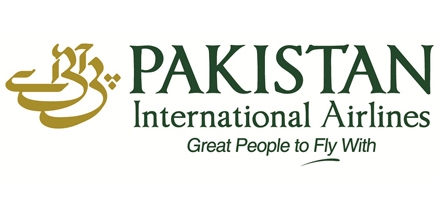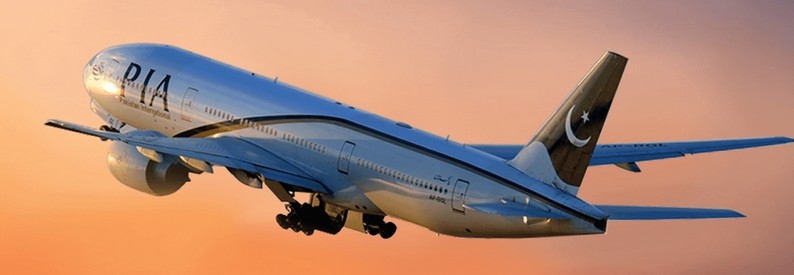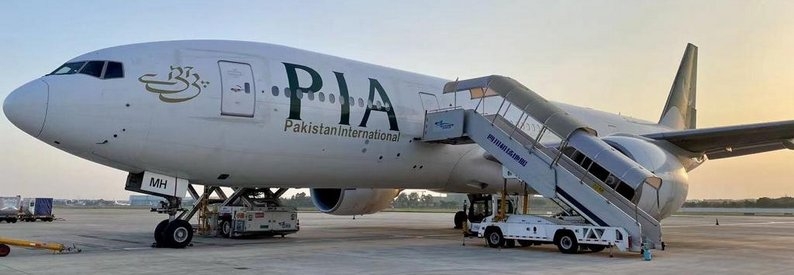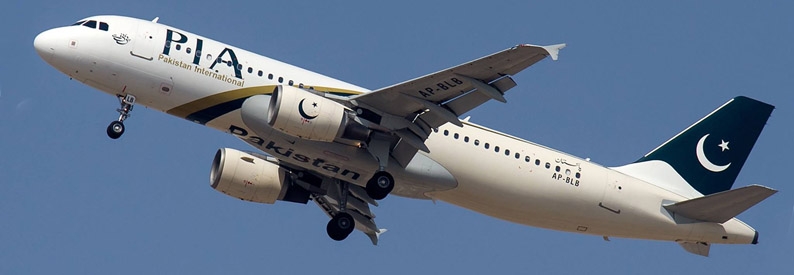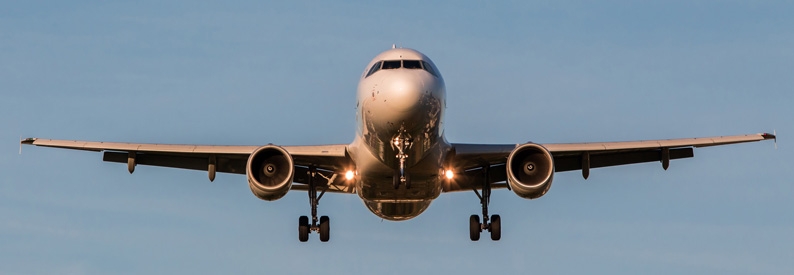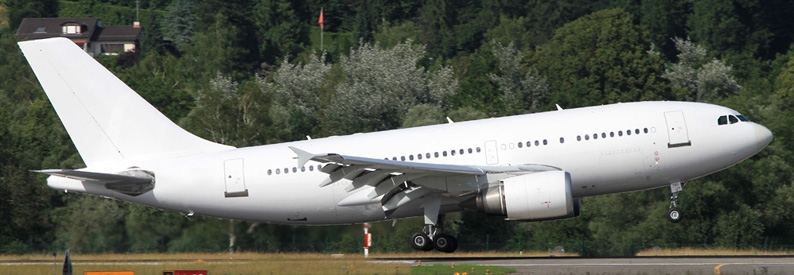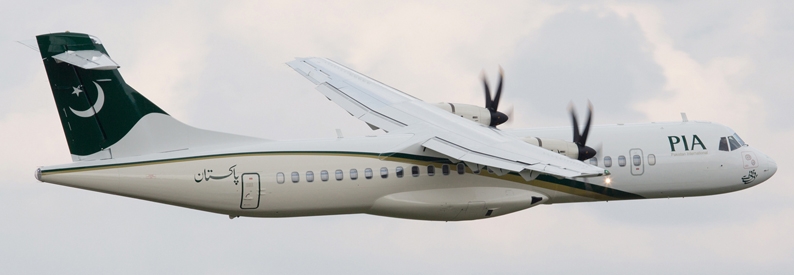A five-year business rescue plan prepared by the International Air Transport Association (IATA) foresees struggling state carrier PIA - Pakistan International Airlines (PK, Islamabad International) return to profitability by 2024.
IATA Consultancy presented the plan, commissioned by the government last year and covering the period 2022 to 2026, to Pakistan’s Ministers of Finance and Aviation on February 1, according to local news reports. Amongst others, IATA Consultancy suggests that PIA be run under private management rules, also pertaining to procurement practices.
It also underlines that “external influence” on company matters be curtailed, and that consistent public scrutiny is scaled back “as it not only hinders the critical corporate responsibilities of the managers but also creates a negative PR for the company resulting in its corporate repute and revenue streams”.
Key tenets of the plan include financial restructuring, independent decision making, re-organisation of company structure, being restricted to its core business, financial discipline, human resource rationalisation, cost controls, fleet planning, and network expansion.
Under the plan, PIA’s fleet would grow from the current 29 to 49 aircraft by 2026, comprising 16 wide-body, 27 narrow-body, and six modern turboprops.
The bigger fleet would be used to expand lucrative routes to the United Kingdom, Saudi Arabia, the United Arab Emirates, and the Gulf at large. Particular markets identified include Baku Heydar Aliev International (Azerbaijan), Hong Kong International, Istanbul Airport (Turkey), Kuwait, Tehran Imam Khomeini (Iran), Urumqi (China), and Singapore Changi. Annual rotations would increase from 359 weekly to 581 weekly round-trips by 2026. As a result, PIA’s annual passenger capacity would increase from 5.2 million to 9 million.
Similarly, revenues would grow to USD1.7 billion per year by 2026, resulting in a potential break-even by 2025. The value of the airline’s assets would increase from a current USD1.196 billion to USD2.183 billion.
The outlook considers global aviation scenarios and challenges, specifically COVID-19 pandemic-related travel restrictions and reduced demand, and macro-environmental and economic challenges faced by Pakistan.
However, the plan is conditional on the government’s commitment to financially restructure PIA and address its legacy debt, which is beyond the serviceable capacity of the airline, the plan reads. This would also ease the burden on its cash flow, enabling it to undertake product improvements critical for its long-term sustainability.
The plan also urges the government to ensure compliance with its National Aviation Policy, providing a level playing field for all Pakistani carriers, which often find themselves at a disadvantage in their own country.
The IATA plan departs from proposals, submitted by Pakistan's governmental Economic Coordination Committee (ECC) last year which suggested the flag carrier halve its staff numbers and trim its fleet in a bid to become profitable by 2023. It suggested that the fleet be kept to under 30 and include more fuel-efficient aircraft and that employee numbers be cut from 14,000 to 7,000.
The current fleet, according to the ch-aviation Commercial Aviation Aircraft Data module, comprises 33 aircraft, including twelve A320-200s, one A330-200 (chartered from Jordan Aviation (R5, Amman Queen Alia) for European flights), six B777-200ERs, two B777-200LRs, four B777-300ERs (with five more on order), four ATR42-500s, and four ATR72-500s.
PIA posted a net loss of PKR34.6 billion rupees (USD225 million) for 2020, an improvement from a PKR52.6 billion (USD341 million) loss in 2019.
- Type
- Base
- Aircraft
- Destinations
- Routes
- Daily Flights
